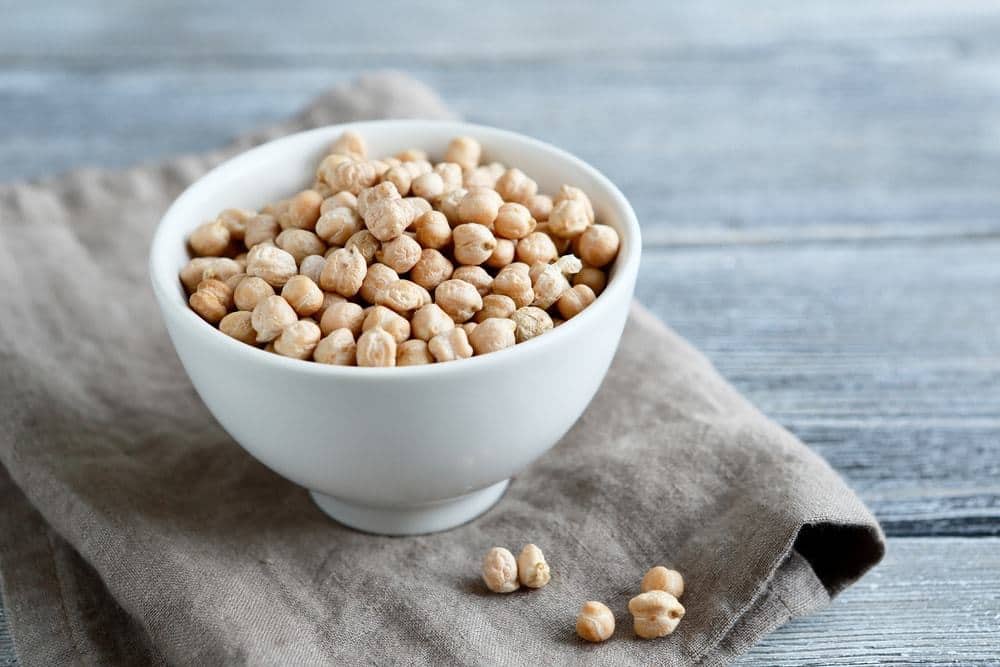Contents:
- Medical Video: Breastfeeding
- Then, what contraceptives are safe during breastfeeding?
- 1. Pill contraception
- 2. IUD
- 3. Implants
- 4. Inject Depo Provera
- 4. Patch or patch
- 5. Vaginal ring
- 6. barrier method
- What to watch out for from contraception during breastfeeding
Medical Video: Breastfeeding
After giving birth, of course you are not ready if you are immediately pregnant again. At this time, surely you need contraception to prevent pregnancy. Breastfeeding may be a natural contraception, but it may not be reliable in the long run. You certainly need contraception to prevent pregnancy in a longer time. However, do not arbitrarily choose contraception during breastfeeding, because certain contraceptives can actually inhibit the activity of breastfeeding your baby.
Then, what contraceptives are safe during breastfeeding?
In general, all contraceptives during breastfeeding are safe to use, but contraceptives containing the hormone estrogen can reduce your milk production. Therefore, you should choose a contraceptive that does not affect your milk production.
READ ALSO: Beware, 3 Contraception Methods Are Not Effective To Prevent Pregnancy
1. Pill contraception
Birth control pills are in two types, namely:
- Combination pills, which contains the hormone estrogen and progesterone (progestin)
- Mini pills, which contains the hormone progesterone (progestin)
The hormone estrogen contained in combination pills can cause milk production to decrease, so the use of combination pills when you breastfeed is not recommended. If you use combination pills, your doctor may advise you to wait until 6 weeks after birth. Combination pills can cause blood to clot if consumed in the early weeks after birth.
You better choose a mini pill that only contains the hormone progesterone when you are breastfeeding. In contrast to estrogen, progesterone can actually help your milk production. However, mini pills must be taken at the same time every day, maybe this is a little inconvenient in the midst of your busy life.
2. IUD
IUD (intrauterine device) is a long-term, non-permanent family planning device. If you choose this contraceptive device, the doctor will insert a tool shaped like the letter T into your uterus, at least within 6 weeks after giving birth. There are two types of IUDs, namely:
- IUDs that do not contain hormones at all, from copper
- IUD containing the hormone progesterone (progestin)
You can choose both as a contraceptive that is safe to use when you breastfeed because it does not affect your milk production. Copper IUDs do not contain hormones so they do not affect your milk production. Meanwhile, hormonal IUDs contain low levels of the hormone progesterone, so it also will not cause problems in your milk production.
Hormonal IUD works by thickening the cervical mucus and thinning the uterine lining to prevent fertilization of the egg and attachment (implantation). This IUD can work for three or five years to prevent pregnancy. Meanwhile, the copper IUD works by making inflammation, preventing sperm from fertilizing the egg. This type of IUD can prevent pregnancy for up to 10 years.
3. Implants
If you don't like your uterus to enter a device, such as an IUD, you can try implants. The implant contains the hormone progesterone (progestin) and is placed under the skin on your upper arm. This method can be used to prevent pregnancy for three years. Because it only contains the hormone progesterone, so the use of implants will not affect your milk production.
4. Inject Depo Provera
You can get these injections every three months at health care providers. This injection is also safe for nursing mothers because it only contains the hormone progesterone which will not interfere with your milk production. However, the disadvantage is that your fertility is harder to return after you stop getting this injection. You may need about 1 year to restore your fertility.
READ ALSO: The Most Effective and Ineffective Contraception Methods
4. Patch or patch
You can stick patch KB in the back, arms, stomach, or buttocks for a week. Patch KB contains the hormone estrogen and progesterone. Maybe this is not the best choice for you because it contains the hormone estrogen which can affect your milk production. However, if you want to use it, you should wait until 6 weeks after giving birth.
5. Vaginal ring
You can use it by placing it in the vagina for 3 weeks. This vaginal ring contains the hormone estrogen and progesterone. That is, this method is also a bad choice because it contains the hormone estrogen. If you want to use it, wait until 6 weeks after giving birth, just like using it patch.
6. barrier method
The barrier method aims to prevent sperm from entering your uterus. This method does not contain hormones at all, so it doesn't matter if it is used during breastfeeding.
Condom. You can use every time you have sex to prevent pregnancy. This is an easy way to prevent pregnancy and you are safe to use while breastfeeding. If you also use spermicide (foam or cream that can kill sperm), your chances of getting pregnant again will decrease. Spermicide also does not contain hormones, so it is safe to use when you are breastfeeding.
Diaphragm. This tool is designed to cover the cervix, which prevents sperm from entering. You can use it 6 weeks or more after giving birth. Because the use of the diaphragm must be adjusted to your body size, you may have to wait until 6 weeks after giving birth. This time is enough for your body to return to normal after giving birth.
Cervical hood. This tool also covers the cervix. Your cervix will widen slightly during childbirth, so you may also have to wait at least 6 weeks after giving birth to use this tool.
READ ALSO: Why Are Women More Affected by Urinary Tract Infection?
What to watch out for from contraception during breastfeeding
You should choose a contraceptive that does not contain the hormone estrogen while you are breastfeeding. The hormone estrogen can reduce your milk production, so the duration of your breastfeeding can be shorter. However, not all breastfeeding mothers (in small amounts) who use estrogen-containing contraceptives experience decreased milk production. It is best to consult with your doctor what is the best contraception you can use while breastfeeding.
If you experience problems with breastmilk production - which is characterized by a slight increase in baby's weight or the baby is not at all - and you are using hormonal contraception, you should first stop using your hormonal contraception. This aims to see if the contraception you use affects your milk production.












